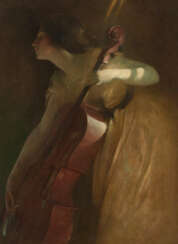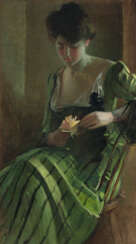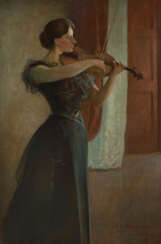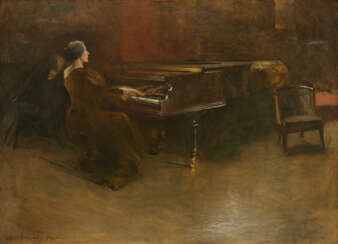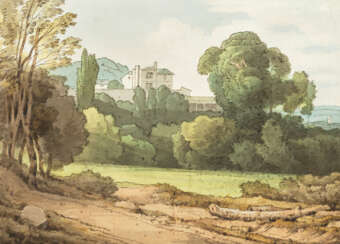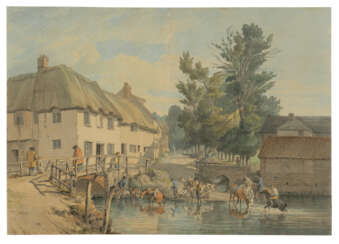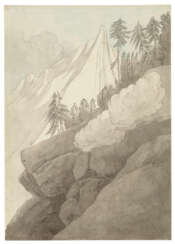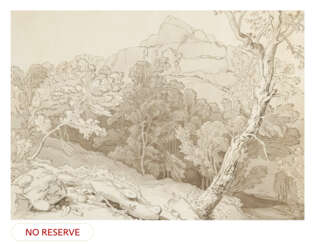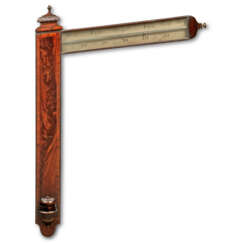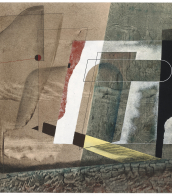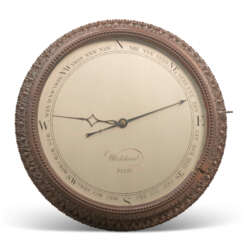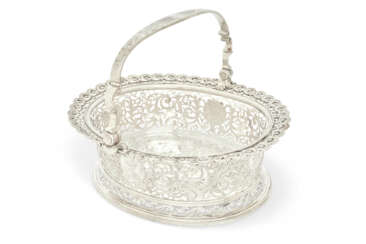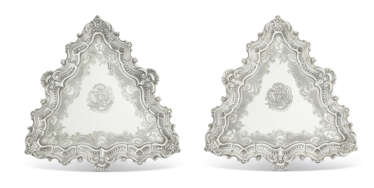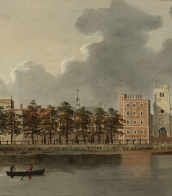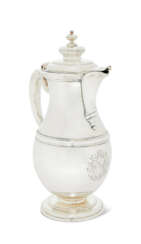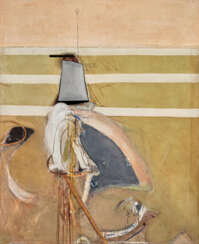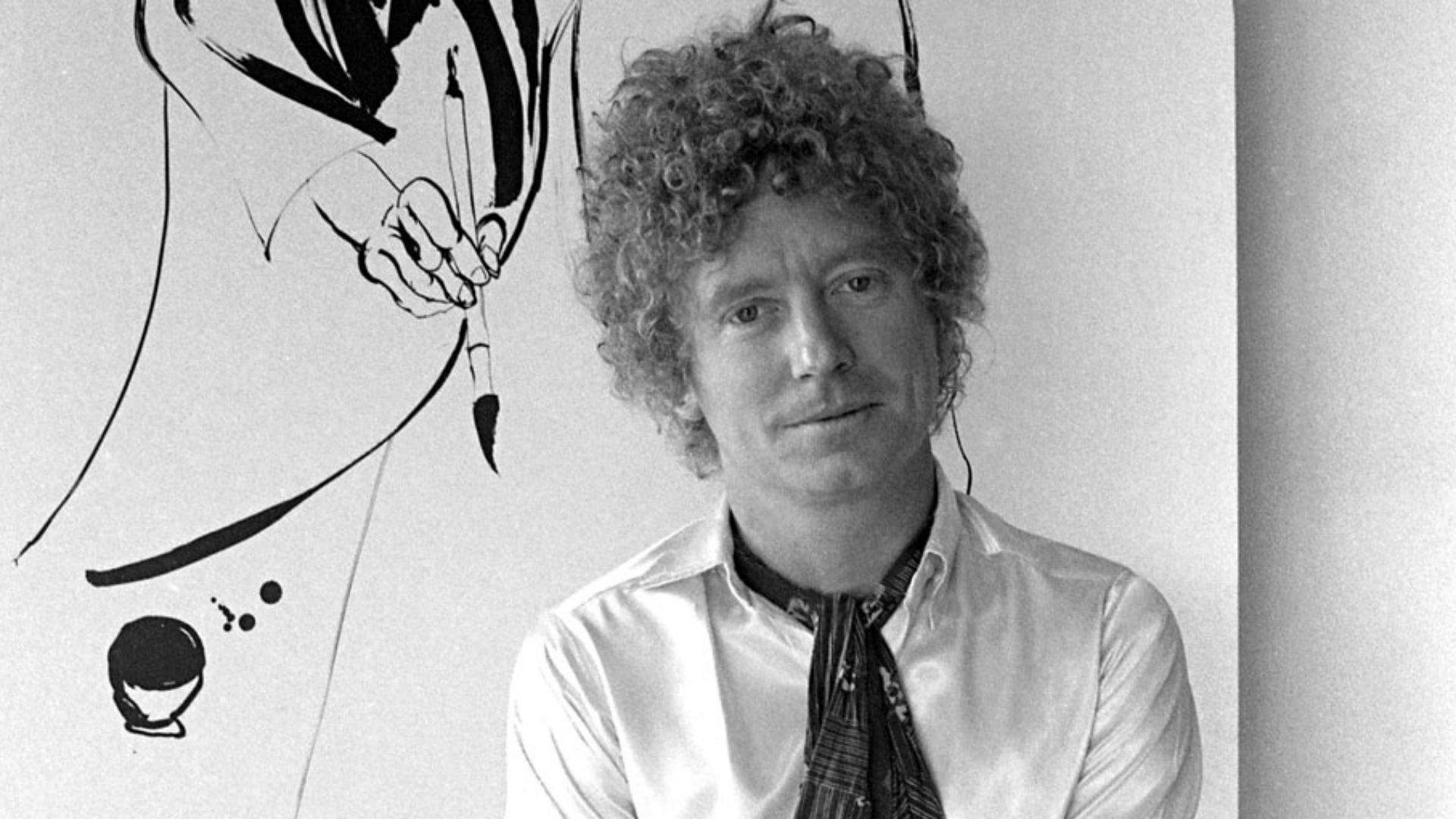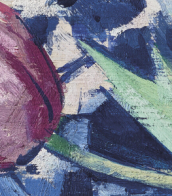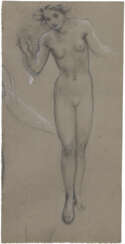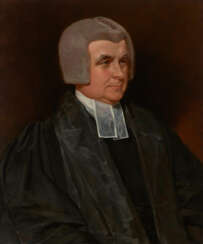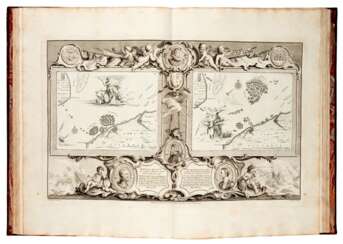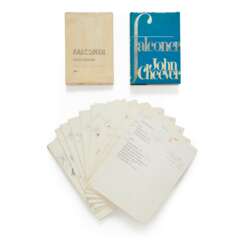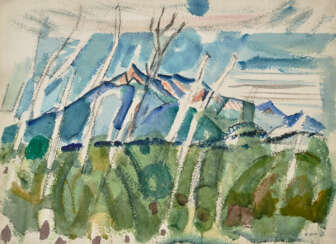john white
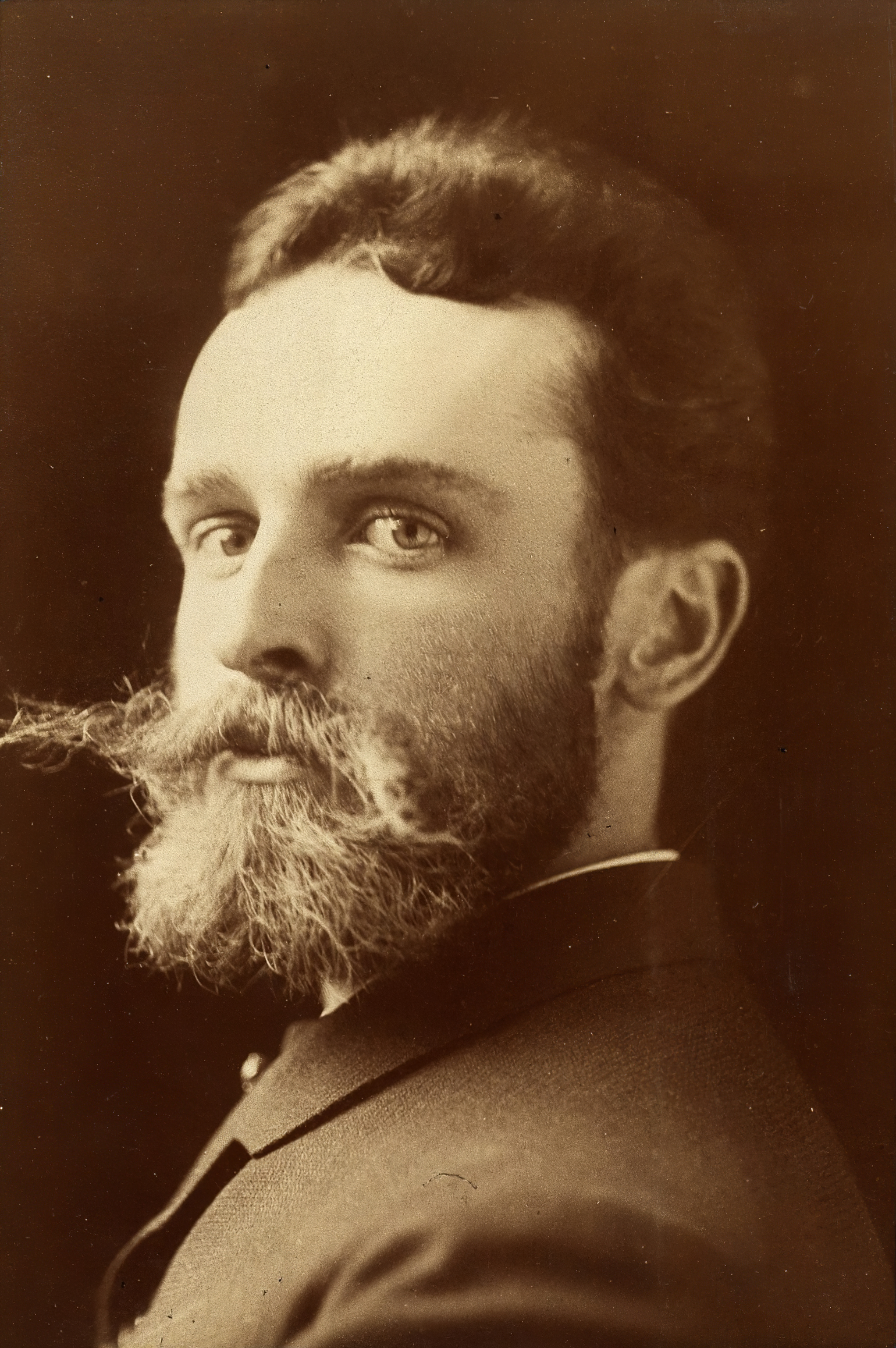
John White Alexander was an American portrait, figure, and decorative painter and illustrator.
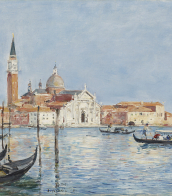

John White Alexander was an American portrait, figure, and decorative painter and illustrator.


John White Alexander was an American portrait, figure, and decorative painter and illustrator.


John White Alexander was an American portrait, figure, and decorative painter and illustrator.


John White Alexander was an American portrait, figure, and decorative painter and illustrator.


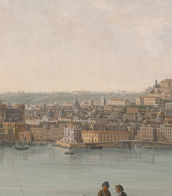

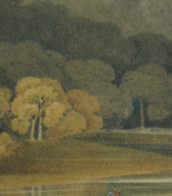



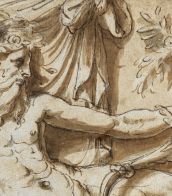



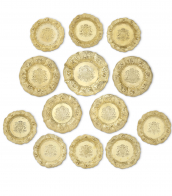





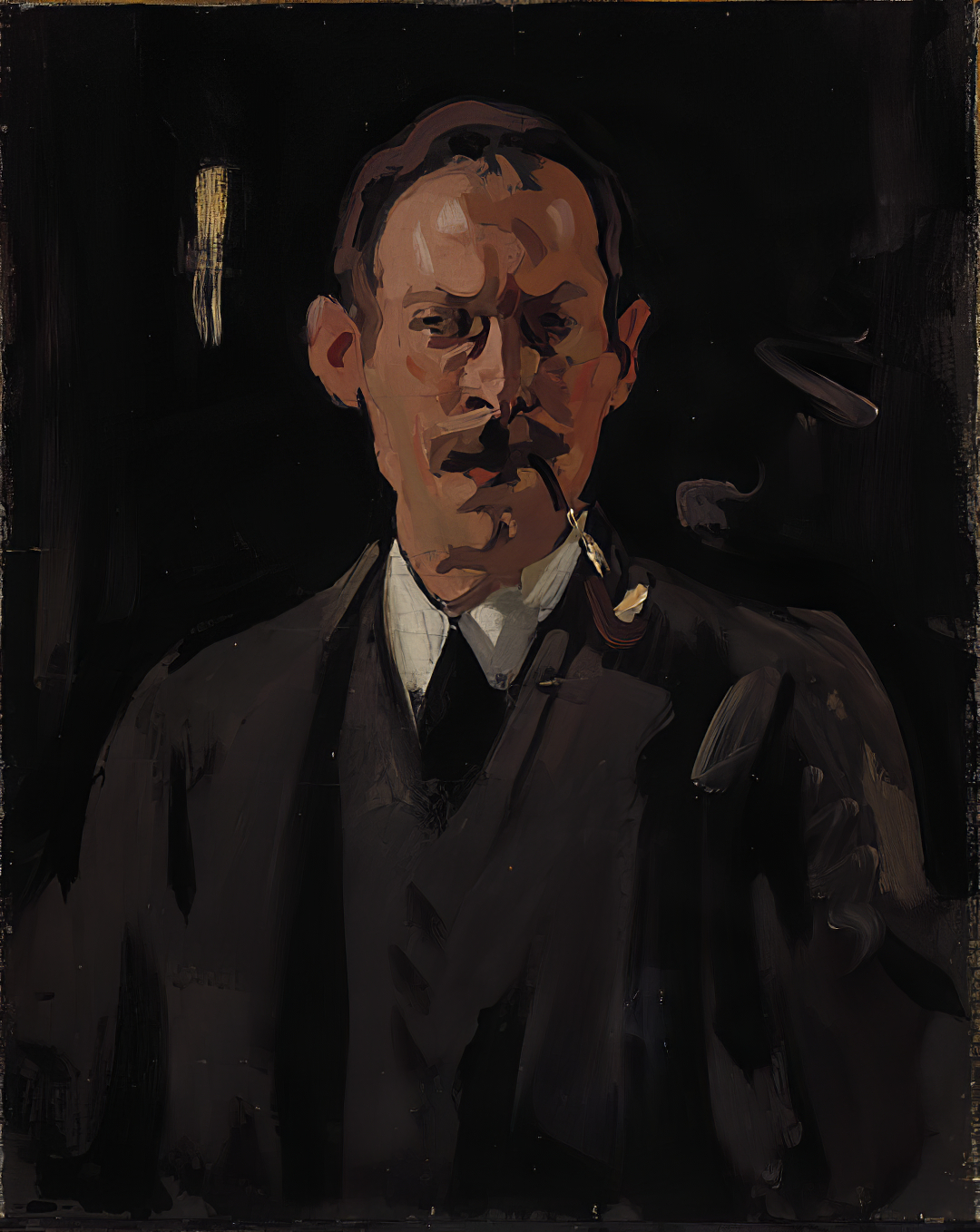
Samuel John Peploe was a Scottish Post-Impressionist painter, noted for his still life works and for being one of the group of four painters that became known as the Scottish Colourists. The other colourists were John Duncan Fergusson, Francis Cadell and Leslie Hunter.
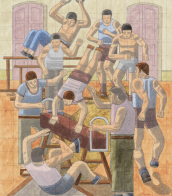
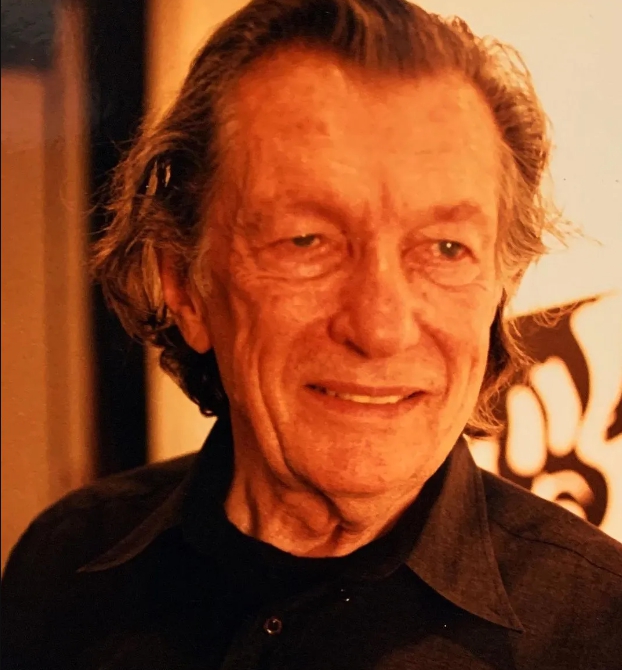
John Wesley was an American painter, known for idiosyncratic figurative works of eros and humor, rendered in a precise, hard-edged, deadpan style. Wesley's art largely remained true to artistic premises that he established in the 1960s: a comic-strip style of flat shapes, delicate black outline, a limited matte palette of saturated colors, and elegant, pared-down compositions. His characteristic subjects included cavorting nymphs, nudes, infants and animals, pastoral and historical scenes, and 1950s comic strip characters in humorously blasphemous, ambiguous scenarios of forbidden desire, rage or despair.

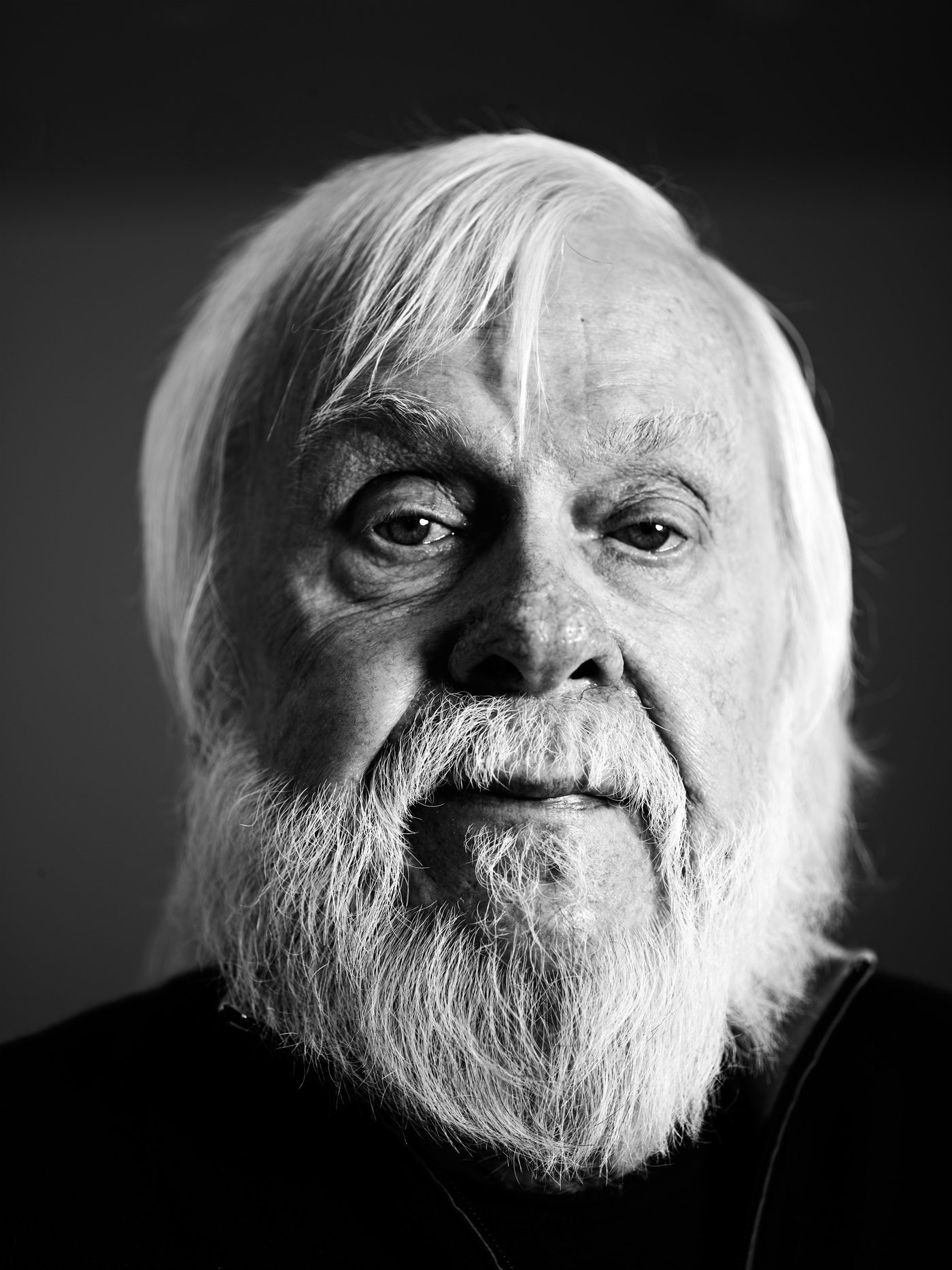
John Baldessari was an American conceptual artist known for his work featuring found photography and appropriated images. He lived and worked in Santa Monica and Venice, California.
Initially a painter, Baldessari began to incorporate texts and photography into his canvases in the mid-1960s. In 1970 he began working in printmaking, film, video, installation, sculpture and photography. He created thousands of works which demonstrate — and, in many cases, combine — the narrative potential of images and the associative power of language within the boundaries of the work of art. His art has been featured in more than 200 solo exhibitions in the U.S. and Europe. His work influenced that of Cindy Sherman, David Salle, Annette Lemieux, and Barbara Kruger among others.
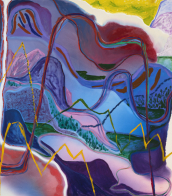
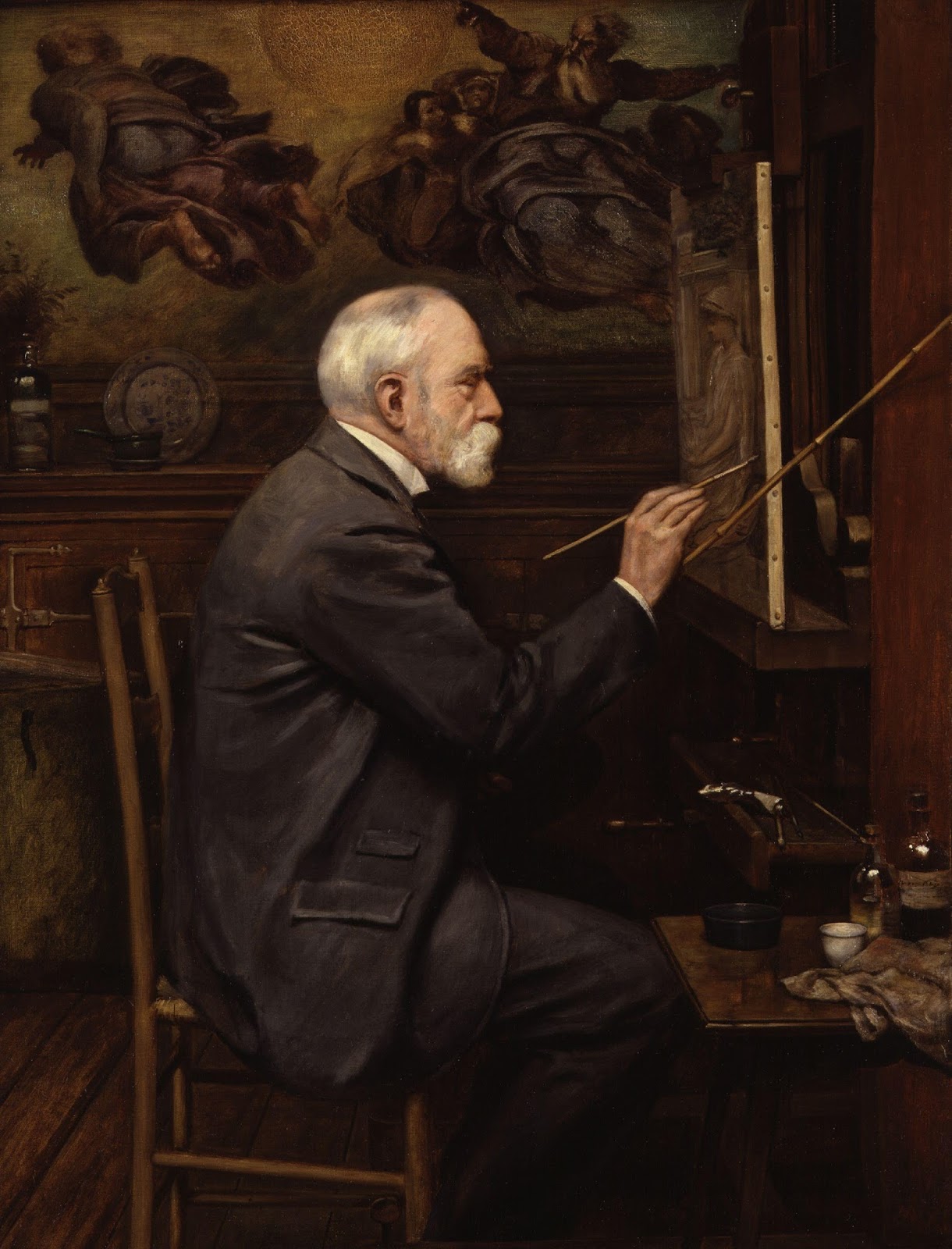
Edward John Poynter was a prominent British painter, known for his historical and mythological artworks that resonate with art collectors and experts. Born in Paris and educated in Britain, Poynter's career flourished with his detailed and evocative paintings, like "Israel in Egypt" and "The Visit of the Queen of Sheba to King Solomon," which reflect his profound historical knowledge and artistic skill. These works are celebrated for their intricate detail and vibrant storytelling, captivating viewers and holding significant positions in galleries and Masonic lodges globally.
Edward John Poynter's dedication to art education was evident through his roles as the Slade Professor at University College London and the principal of the National Art Training School. His contribution extended to administrative roles, notably as the Director of the National Gallery, where he played a pivotal role in the establishment of the Tate Gallery. His legacy in the art world is also marked by his presidency at the Royal Academy, demonstrating his influence and standing in the British art scene.
For those intrigued by Edward John Poynter's mastery and the historical depth of his work, his contributions to art literature, such as "Ten Lectures on Art," offer further insight into his artistic philosophy and approach. These works underscore his commitment to integrating art and archaeology, providing a richer understanding of his creative process and the era he depicted.
For art collectors and enthusiasts interested in Poynter's work and related auction events, staying updated through a subscription service can be invaluable. This ensures you receive timely information on sales and exhibitions featuring Edward John Poynter's art, allowing you to engage deeply with his historical and artistic legacy.
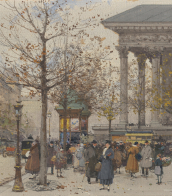
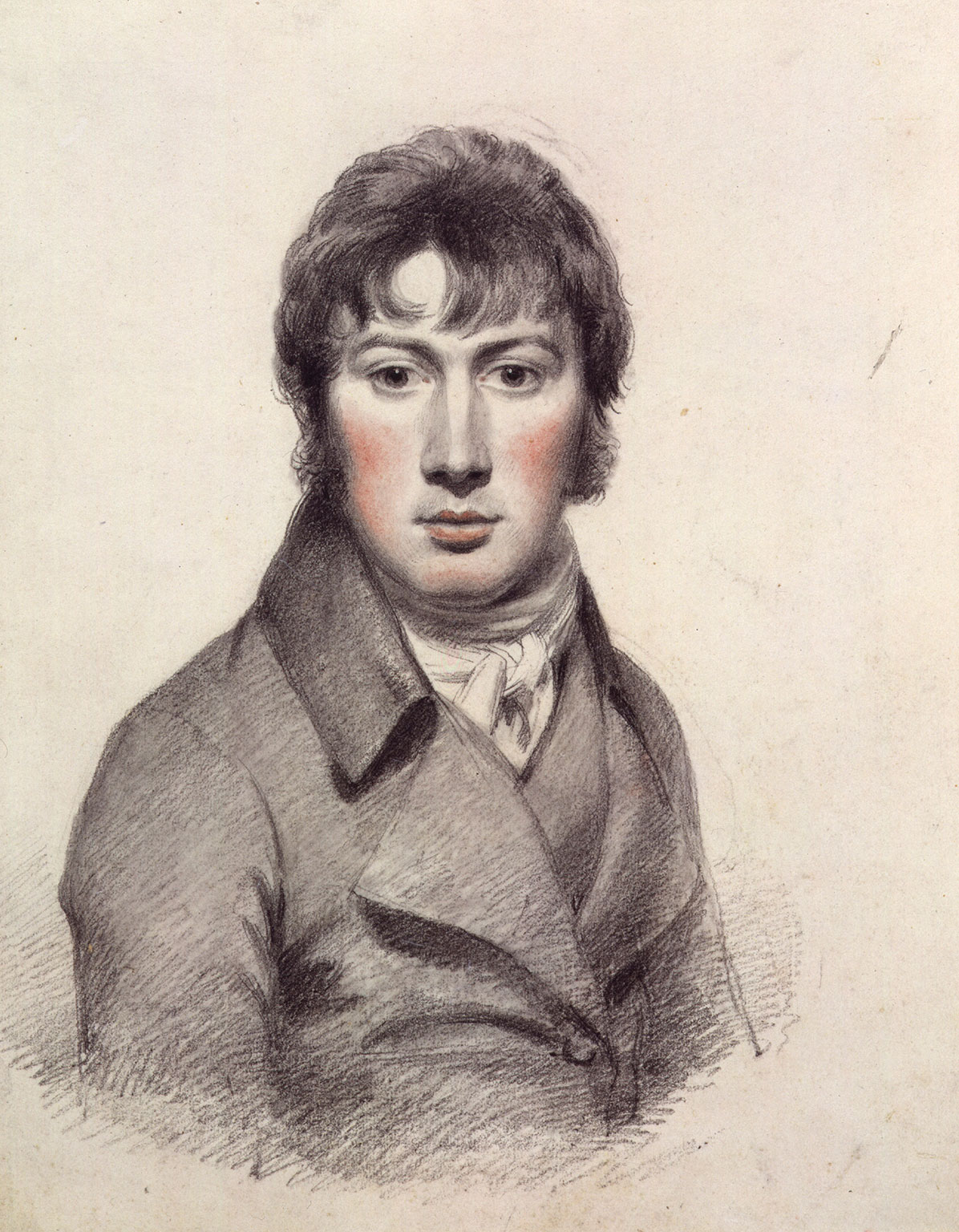
John Constable was an English landscape painter in the Romantic tradition. Born in Suffolk, he is known principally for revolutionising the genre of landscape painting with his pictures of Dedham Vale, the area surrounding his home — now known as "Constable Country" — which he invested with an intensity of affection. "I should paint my own places best", he wrote to his friend John Fisher in 1821, "painting is but another word for feeling".
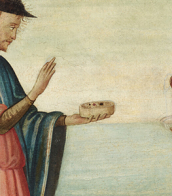
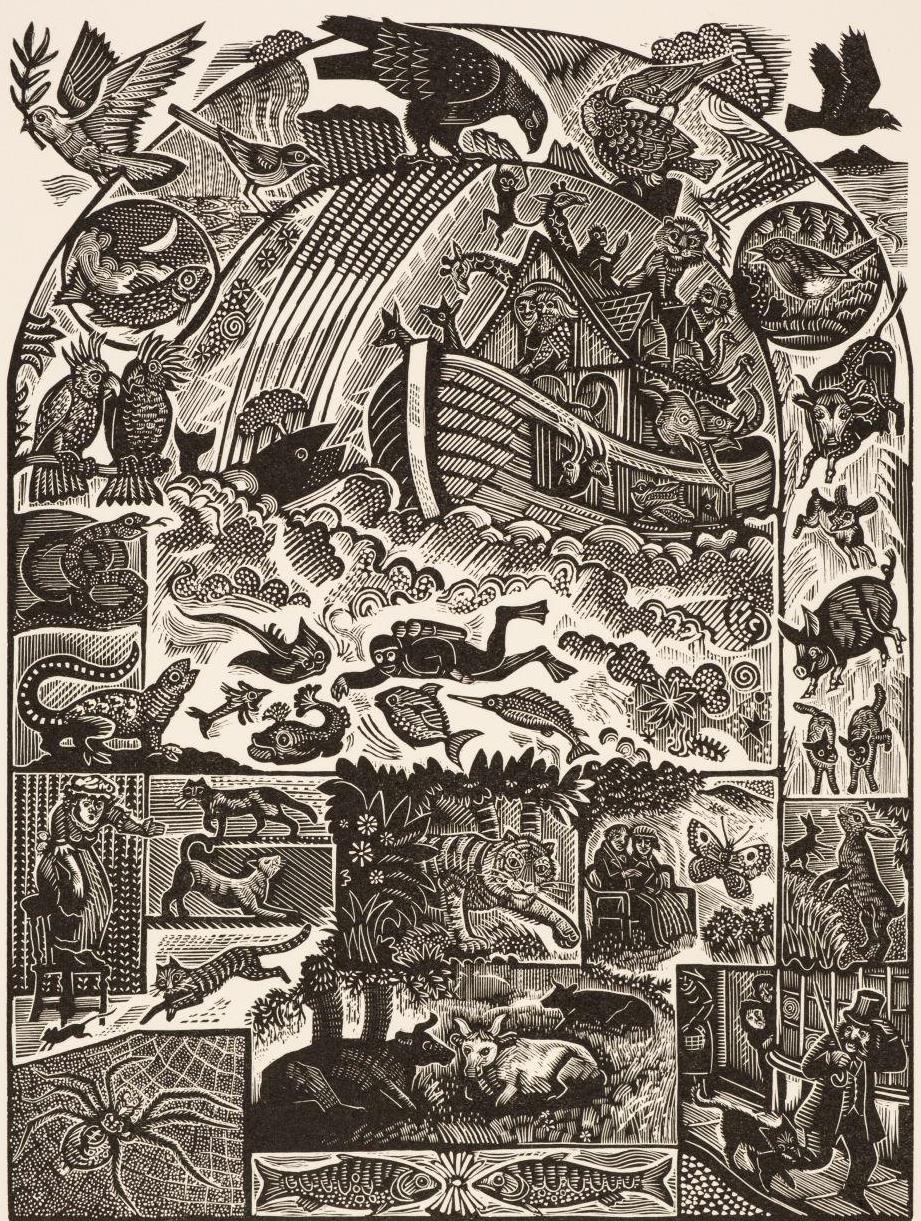
John Lawrence is a British illustrator and wood engraver.
He is a master of the Art Workers Guild and lives in Cambridge. John Lawrence has illustrated more than 200 books, both for adults and children, from Shakespeare to Alan Alberg.
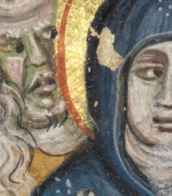

John Baldessari was an American conceptual artist known for his work featuring found photography and appropriated images. He lived and worked in Santa Monica and Venice, California.
Initially a painter, Baldessari began to incorporate texts and photography into his canvases in the mid-1960s. In 1970 he began working in printmaking, film, video, installation, sculpture and photography. He created thousands of works which demonstrate — and, in many cases, combine — the narrative potential of images and the associative power of language within the boundaries of the work of art. His art has been featured in more than 200 solo exhibitions in the U.S. and Europe. His work influenced that of Cindy Sherman, David Salle, Annette Lemieux, and Barbara Kruger among others.
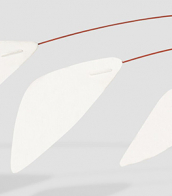
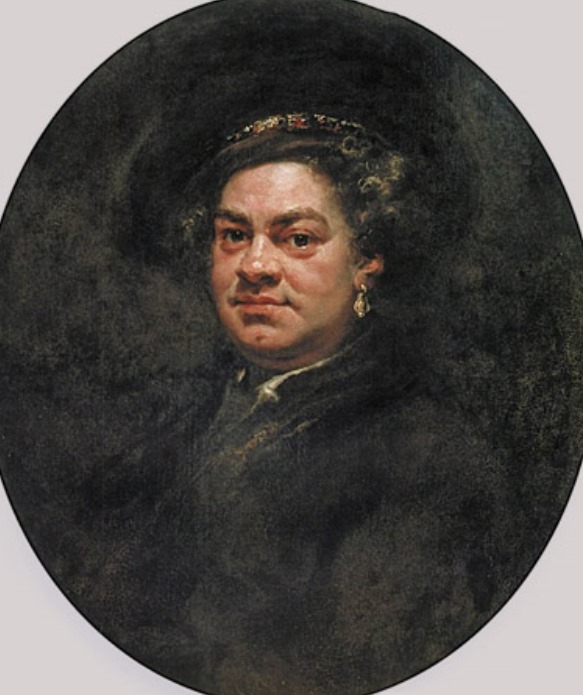
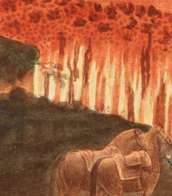
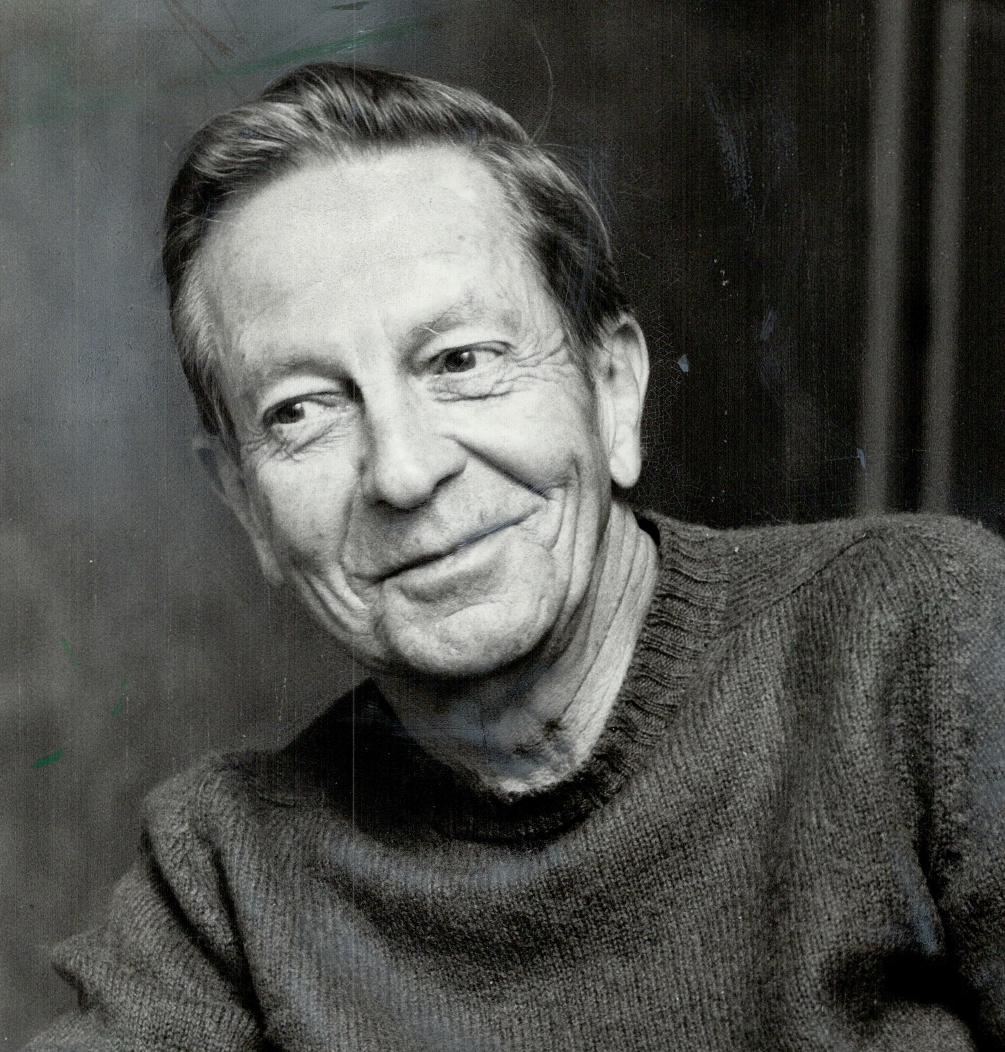
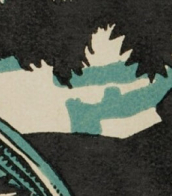
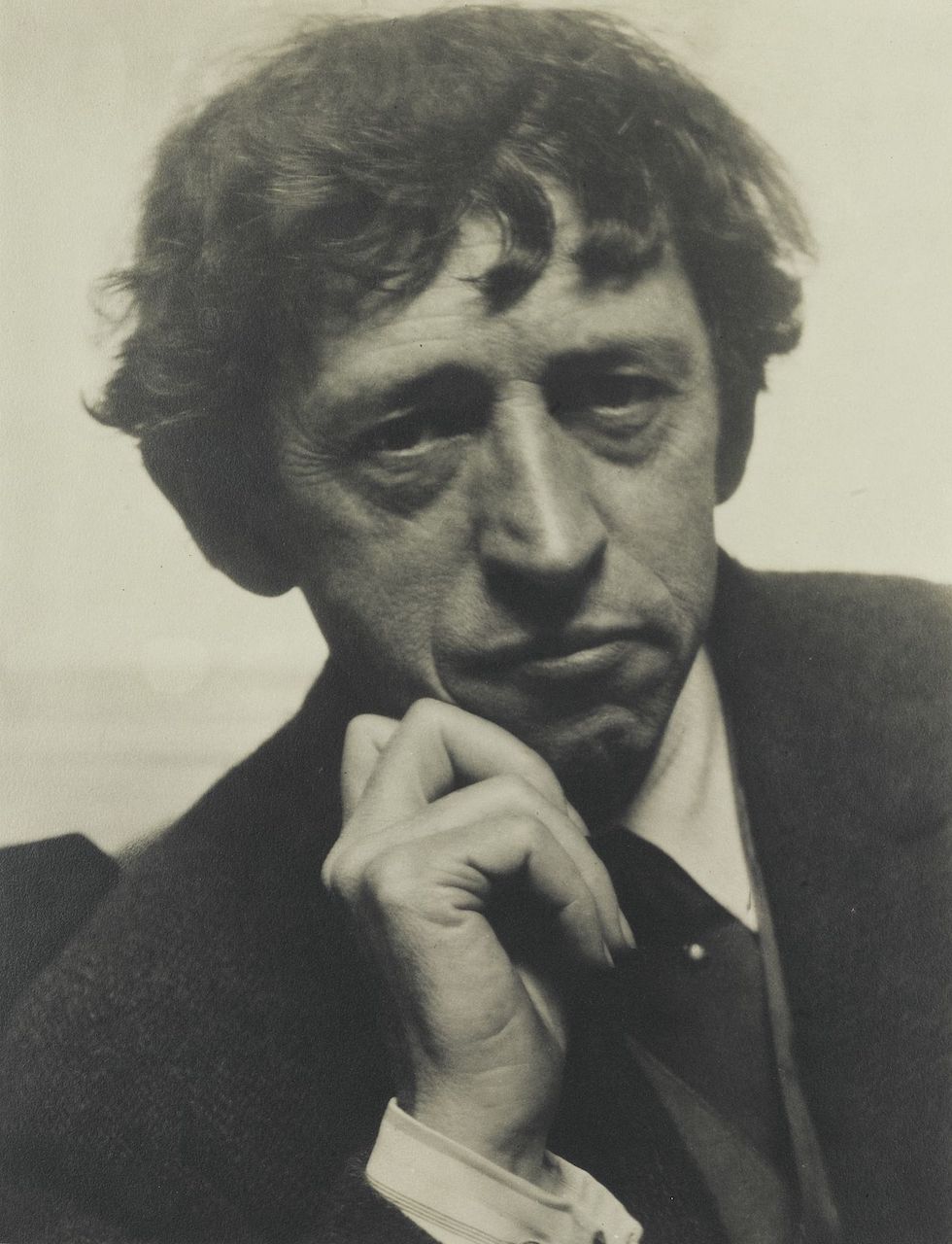
John Marin was an American artist, a prominent member of the first generation of American modernists. He is known for his abstract landscapes and watercolors.

